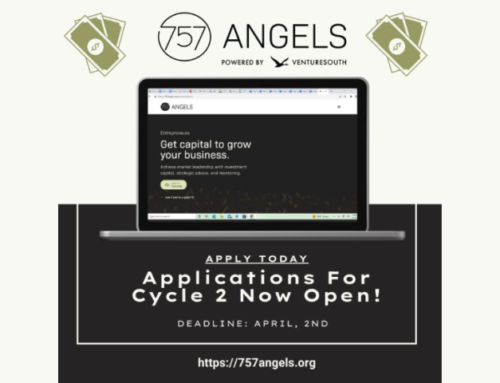Information as of January 9th.
Although much attention has been given to the ability of existing PPP applicants to obtain a 2nd loan, for many clients in underserved markets who were unable to obtain first round funding, the rules that apply to the revised “First Draw” program merit noting (many of these guidelines also apply to “Second Draw” credits). $35 billion has been set aside for these applicants, and the guidelines include:
- Borrowers must be able to certify that the loan was “necessary”. The SBA has stated that they will not require proof for loans under $150,000, but other agencies (IRS etc.) may do so. Also, a list of all recipients will be made public (which could create social media issues)
- $15 billion has been set aside for borrowers with no more than 10 employees or loans of $250,000 or less to entities located in low-to-moderate-income neighborhoods
- The maximum available for “First Draw” borrowers is $10 million and the maximum single location number of employees remains at 500
- The maximum amount of loans for seasonal employers, new entities, and businesses with more than 1 physical location
- Eligibility Entities has been expanded, and now includes the following:
- Any business entity
- Independent contractor
- Self-employed individual
- Sole proprietor
- Non-profit
- Veterans’ organizations
- Tribal businesses
- Housing cooperatives
- Small agricultural cooperative
- Eligible 501 c(6) entities (must have 300 or fewer employees, lobbying must not exceed 15% of receipts or activities, with total budgets of $1 million or less)
- Eligible nonprofit new organizations
- Destination marketing organizations
- Seasonal employer definition has been re-worked and now is an entity that operates more than 7 months or learned no more than 1/3rd of its revenue in any 6 months in the prior calendar year. Furthermore, they can calculate PPP amounts based on the average monthly payroll costs for a 12-week period selected by the borrower that began 2/15/19 or 3/1/19, and ended 6/30/19, or they can elect to use any consecutive 12-week period beginning after 2/14/2020 and ending before 1/1/21, multiplied by 2.5X, not exceeding $2 million
- New entities can qualify based on the average monthly payroll costs up through the date when they apply, multiplied by 2.5, not to exceed $2 million
- The eligible use of proceeds has been expanded to include:
- Payroll costs:
- Group life insurance
- Group disability insurance
- Group vision insurance
- Group dental insurance
- Tip income can now be included
- Non-payroll costs:
- Business software or cloud computing
- Costs incurred due to social unrest not covered by insurance
- Supplier costs
- PPP and other expenses mandated by federal, state, or local health agency requirements
- Farmers and ranchers can now use gross income for either 2019 or 2020 instead of net income
- The list of ineligible businesses has been expanded to include:
- Entities that have permanently closed
- Businesses not in operation on 2/15/2020
- Publicly traded companies
- Lobbying organizations
- Hedge funds or private equity firms
- Entities organized in the People’s Republic of China
- Entities registered under the Foreign Agents Registration Act
- Executive Branch leaders and members of Congress and spouses with 20%+ ownership
- Household employers
- Entities in bankruptcy
- Provisions also include new applications for borrowers that have returned/repaid all their original PPP loan prior to applying for the new credit
- Payroll costs:
It merits noting that further clarification of these guidelines are likely given that with the first round of funding there were 30 updates issues along with 26 pages of FAQs. Also, the lending community will need to digest these provisions and incorporate them into their lending portals prior to allowing applications. This is especially true for borrowers that may seek to increase their existing PPP loan rather than seek a “Second Draw” credit.






